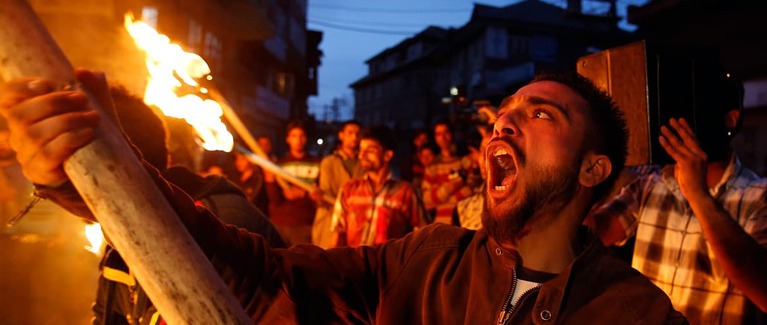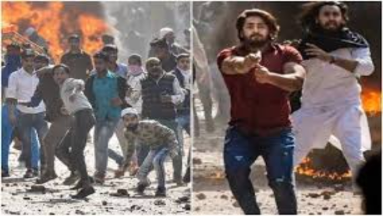The exodus of Kashmiri Pandits from the Kashmir Valley during the late 1980s and early 1990s was a tragic episode in the history of India. It was a period marked by fear, violence, and forced displacement, with profound and lasting consequences for the Kashmiri Pandit community and the region as a whole.
Prior to the exodus, Kashmiri Pandits had been an integral part of the social, cultural, and economic fabric of the Kashmir Valley for centuries. They coexisted peacefully with the Muslim majority and other communities in the region, contributing to its rich tapestry of diversity and pluralism. However, simmering political tensions and rising separatist sentiments would soon unravel the social fabric of Kashmir, plunging it into a vortex of violence and chaos.
The roots of the exodus can be traced back to the late 1980s when political discontent and grievances began to boil over in Kashmir. Calls for greater autonomy or accession to Pakistan had been met with resistance from the Indian government, leading to widespread disillusionment among certain segments of the population. In this volatile environment, militant groups emerged, seeking to challenge Indian rule and establish an independent Kashmir or join Pakistan.

As militancy gained momentum, Kashmiri Pandits found themselves increasingly targeted by extremist elements. They became victims of threats, intimidation, and violence as militant outfits sought to create an atmosphere of fear and insecurity within the community. Hindu temples were desecrated, Pandit neighborhoods were attacked, and individuals were singled out for assassination solely because of their religious identity.
The situation reached a tipping point in the late 1980s when the exodus began in earnest. Faced with the looming threat of violence and persecution, thousands of Kashmiri Pandit families made the heart-wrenching decision to leave their homes and seek refuge elsewhere. They abandoned their ancestral land, their livelihoods, and their cherished way of life in a desperate bid to escape the violence that had engulfed the valley.
The exodus was a harrowing ordeal, marked by scenes of chaos, confusion, and despair. Families packed whatever belongings they could carry and fled under the cover of darkness, fearing for their lives. They left behind homes that had been in their families for generations, unsure if they would ever return.
For those who managed to escape the violence, the challenges were far from over. Displaced from their homes and communities, Kashmiri Pandits faced an uncertain future as they sought to rebuild their lives in unfamiliar surroundings. Many struggled to find employment, housing, and social acceptance in their new environments, grappling with the trauma of displacement and the loss of their cultural heritage.
The exodus had far-reaching consequences, not only for the Kashmiri Pandit community but also for the broader social and political landscape of Kashmir. The departure of a significant portion of the valley’s Hindu population irrevocably altered its demographic makeup, further polarizing an already divided society along religious lines.
Despite calls for their return and efforts to address the root causes of the exodus, many Kashmiri Pandits remain displaced to this day. The wounds inflicted by the violence of the past have yet to heal fully, and the scars of the exodus continue to haunt the collective memory of the community.
During the tumultuous period of the exodus of Kashmiri Pandits, militants perpetrated horrific acts of violence, including the burning of homes and the destruction of lives. Among the most tragic victims were thousands of innocent girls who fell prey to the merciless brutality of the militants. They were being raped in front of their parents These young girls, whose futures should have been filled with hope and promise, instead faced unimaginable horrors as they were burnt alive by the militants. Their untimely deaths serve as a chilling reminder of the human cost of conflict and the depths of cruelty to which some are willing to stoop. The pain and suffering inflicted upon these girls and their families during that dark chapter in Kashmir’s history are a stain on humanity’s conscience. Their memory must not be forgotten, and their plight serves as a call to action to strive for peace and justice in regions torn apart by violence and strife.
The exodus of Kashmiri Pandits from the Kashmir Valley stands as a tragic reminder of the human cost of conflict and communal violence. It serves as a testament to the resilience of the Kashmiri Pandit community in the face of adversity and a call to action for those committed to promoting peace, justice, and reconciliation in the region.



